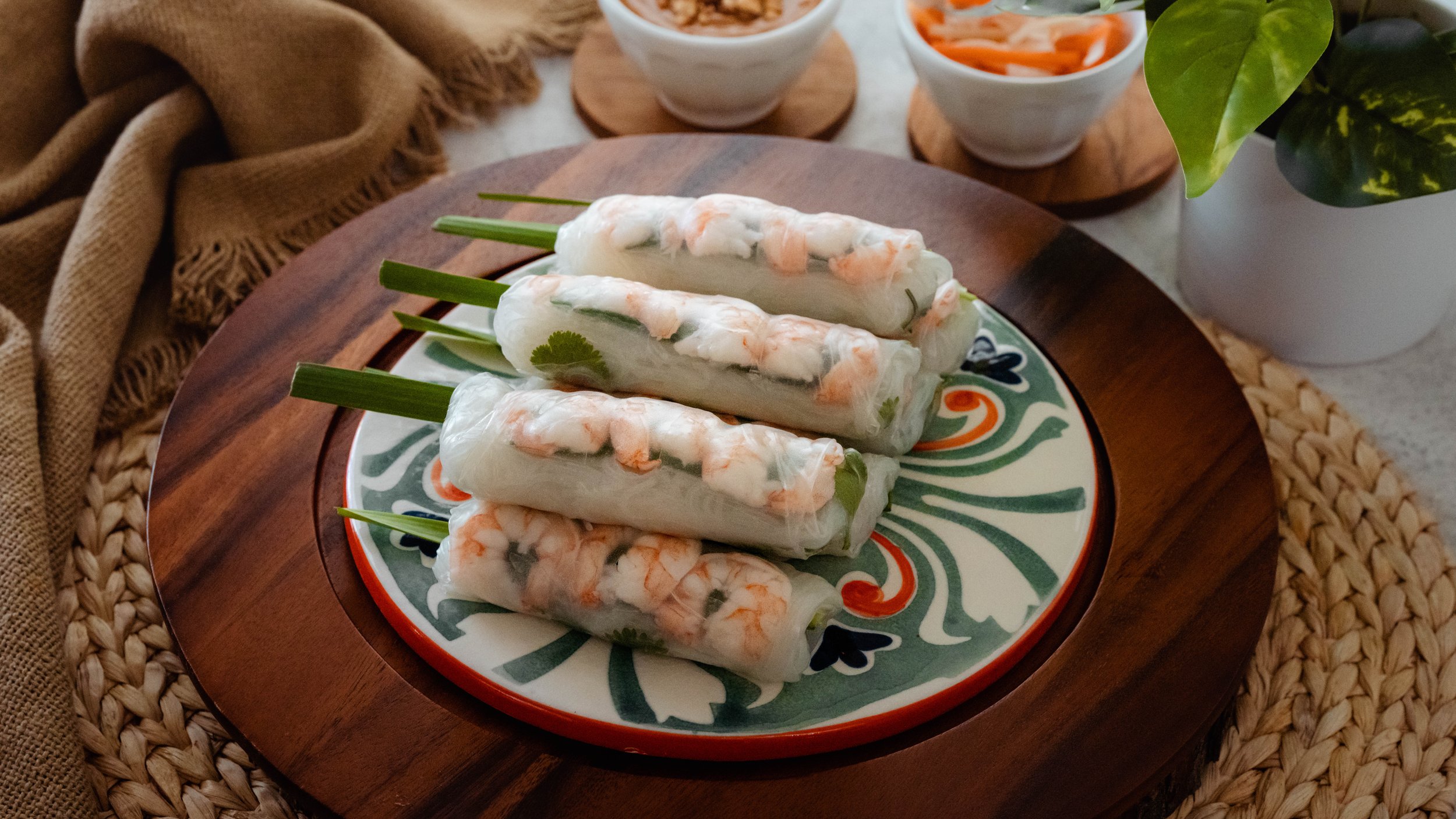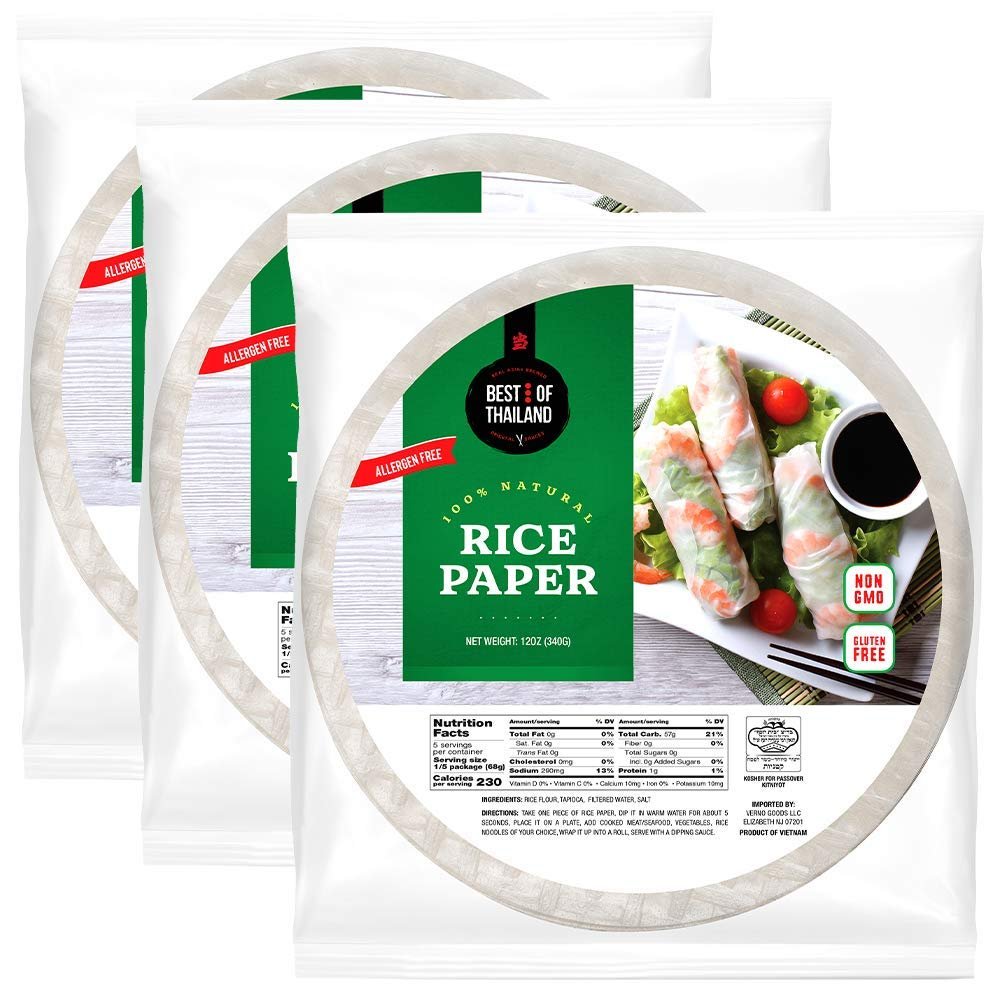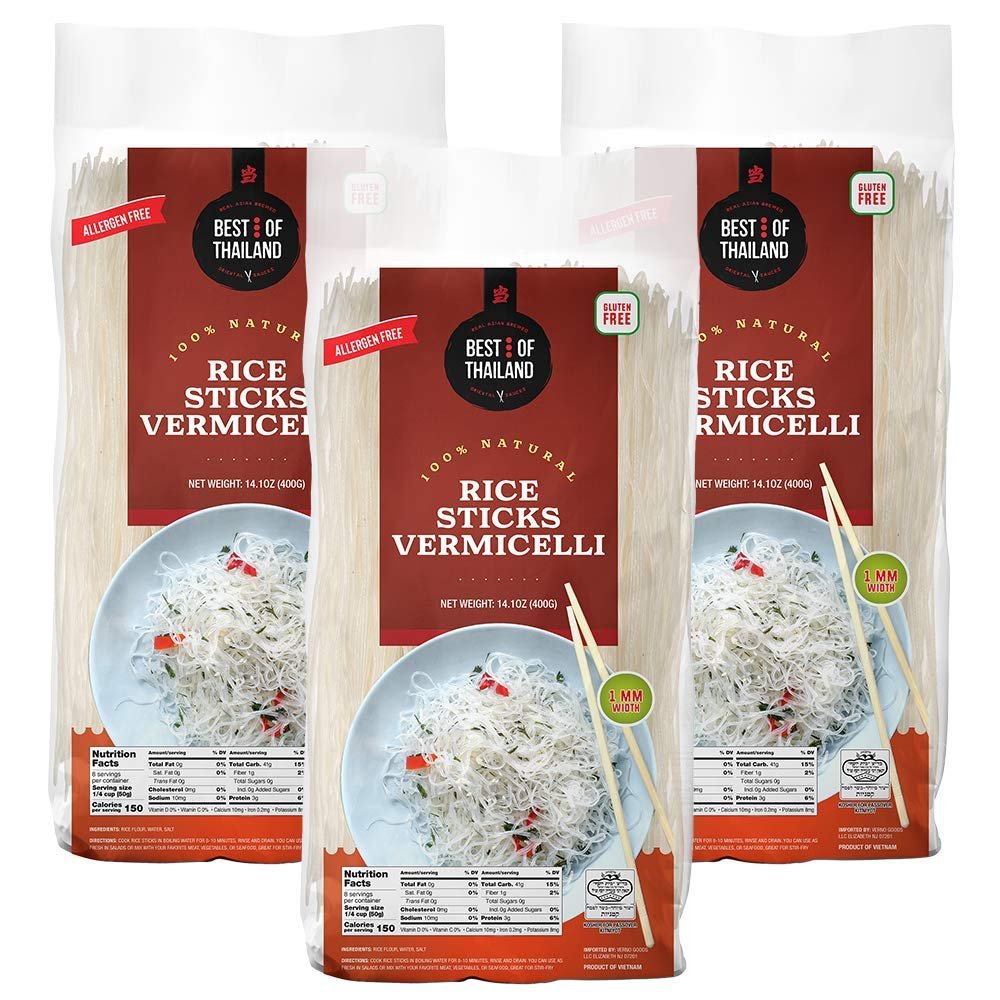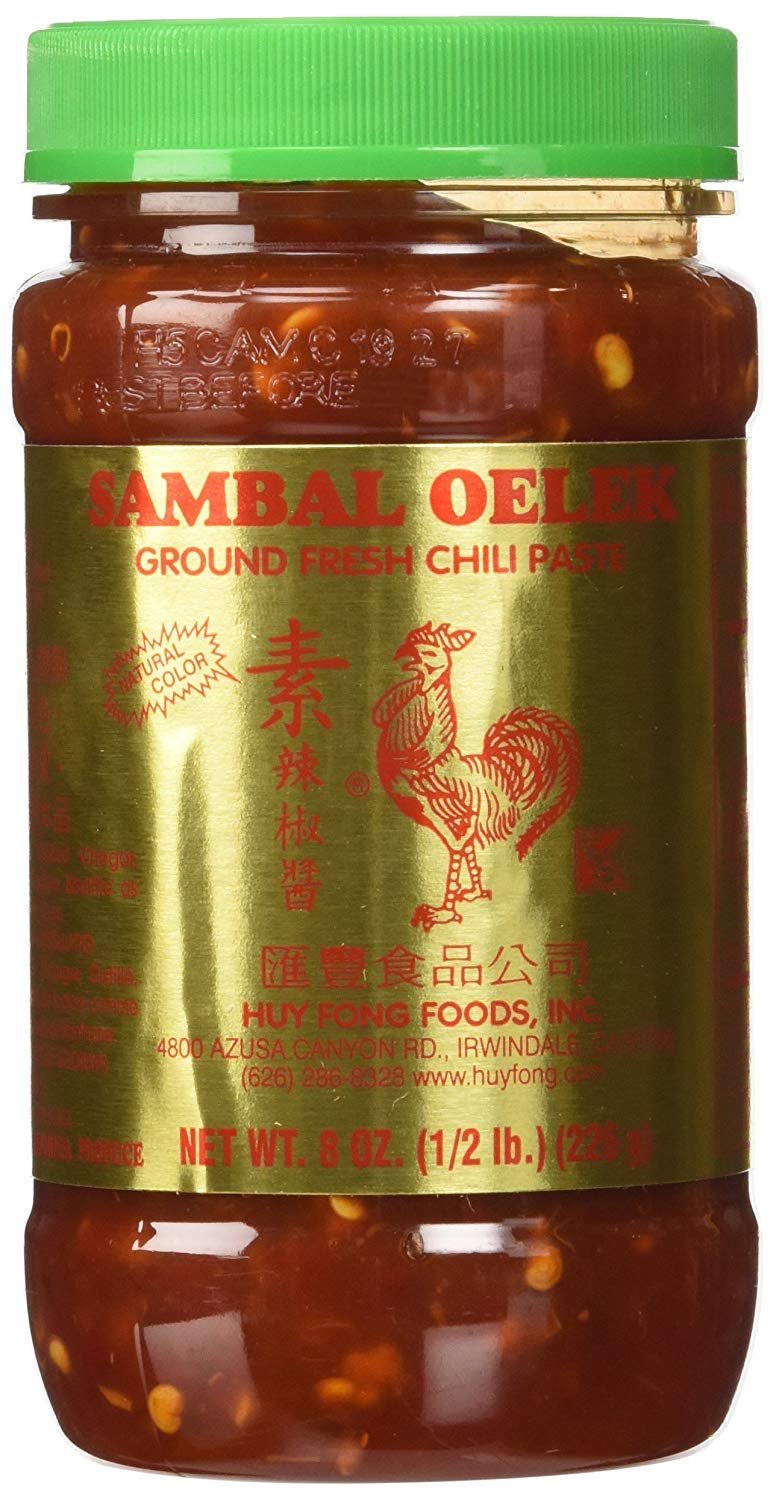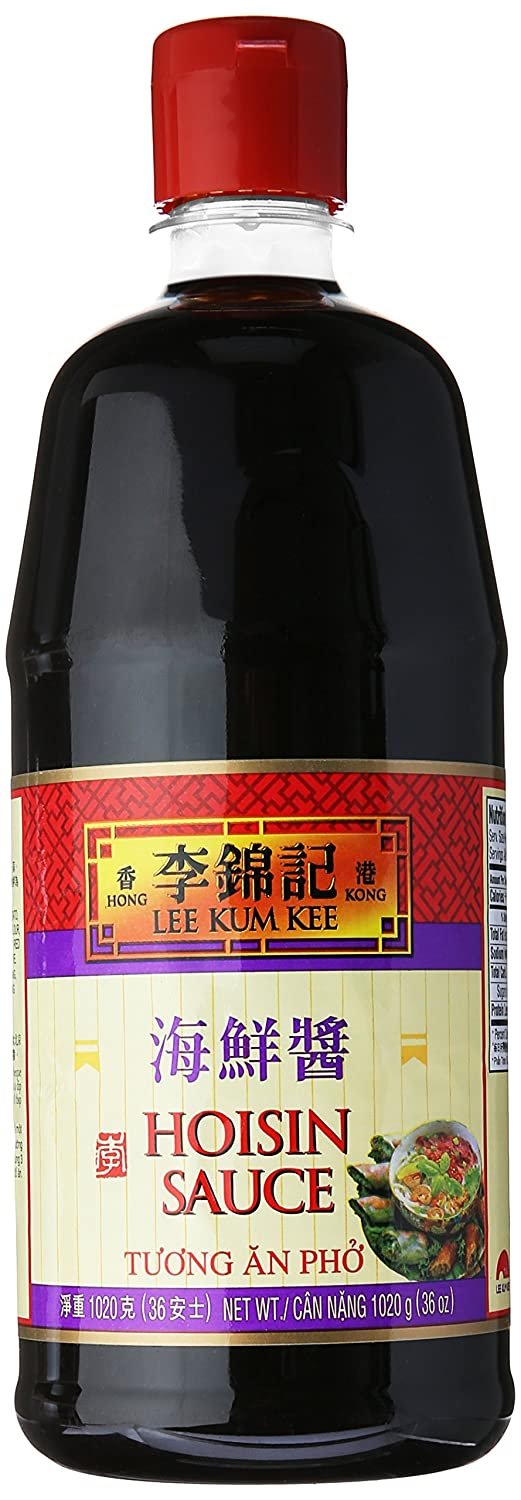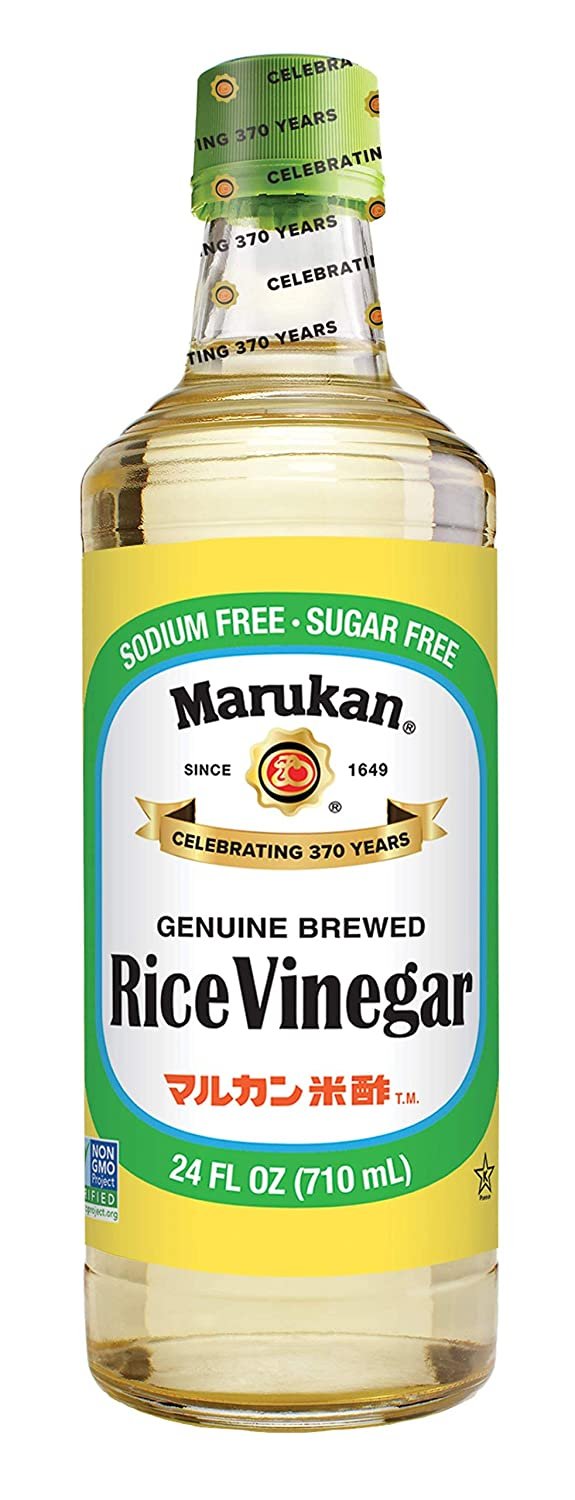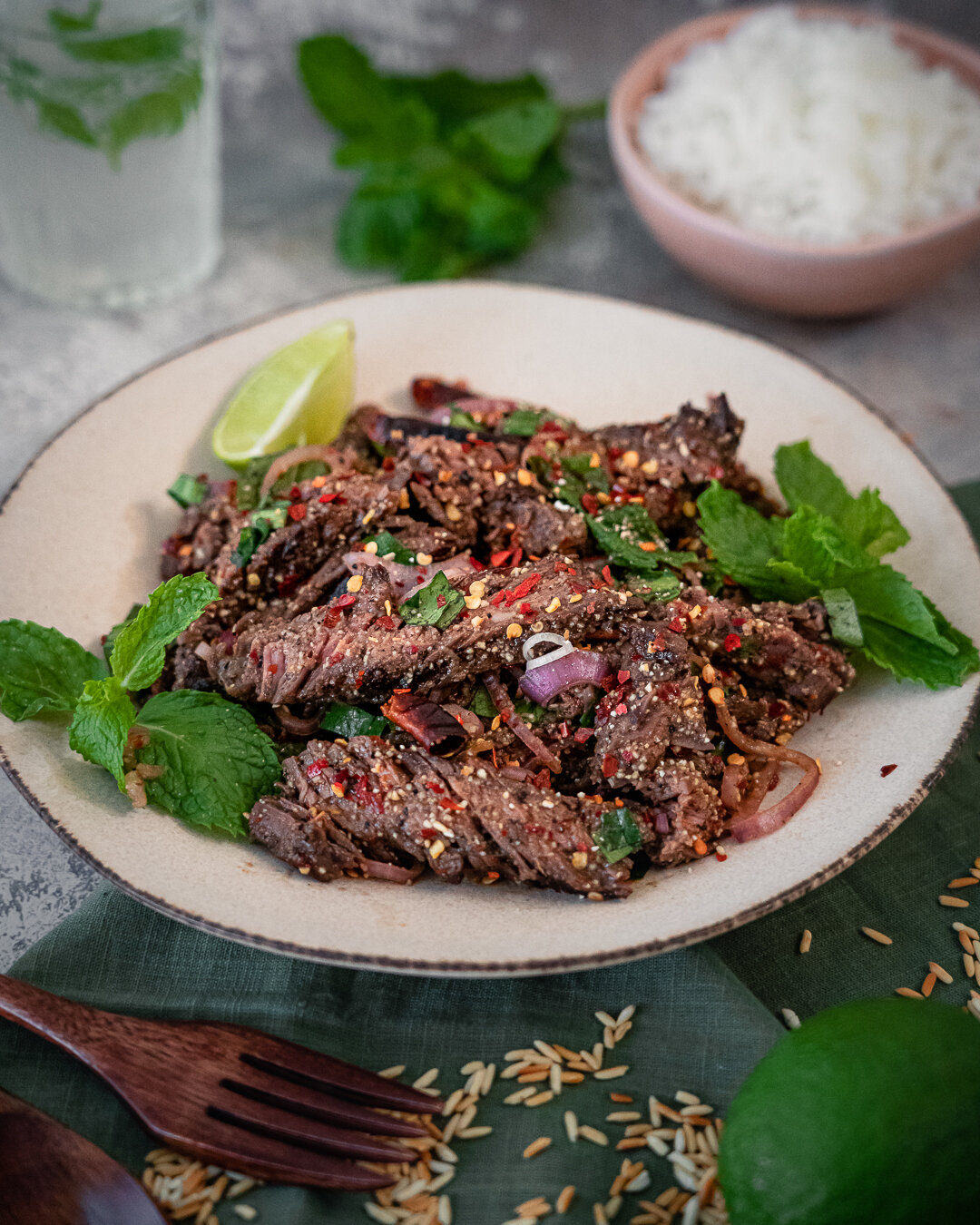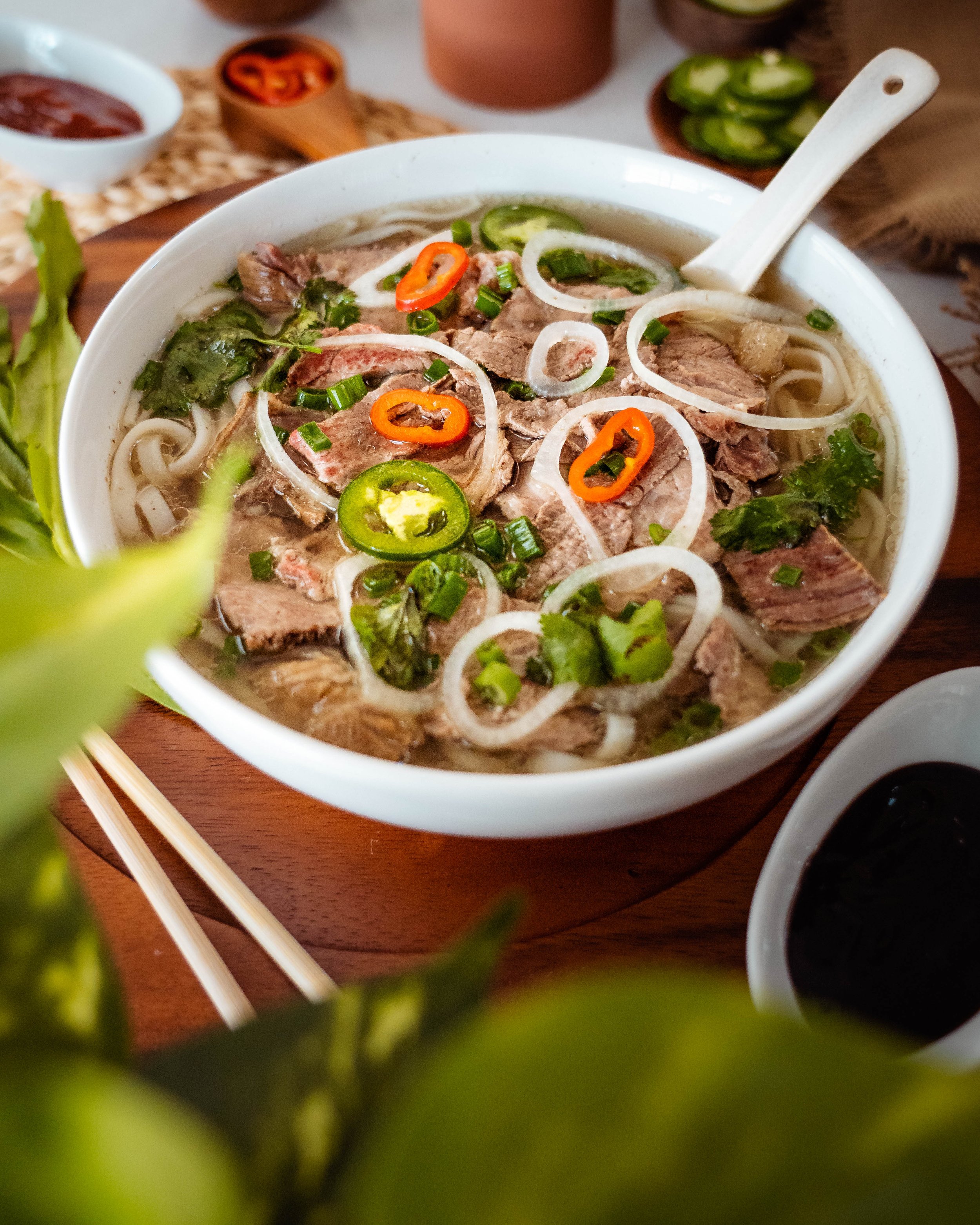Gỏi Cuốn
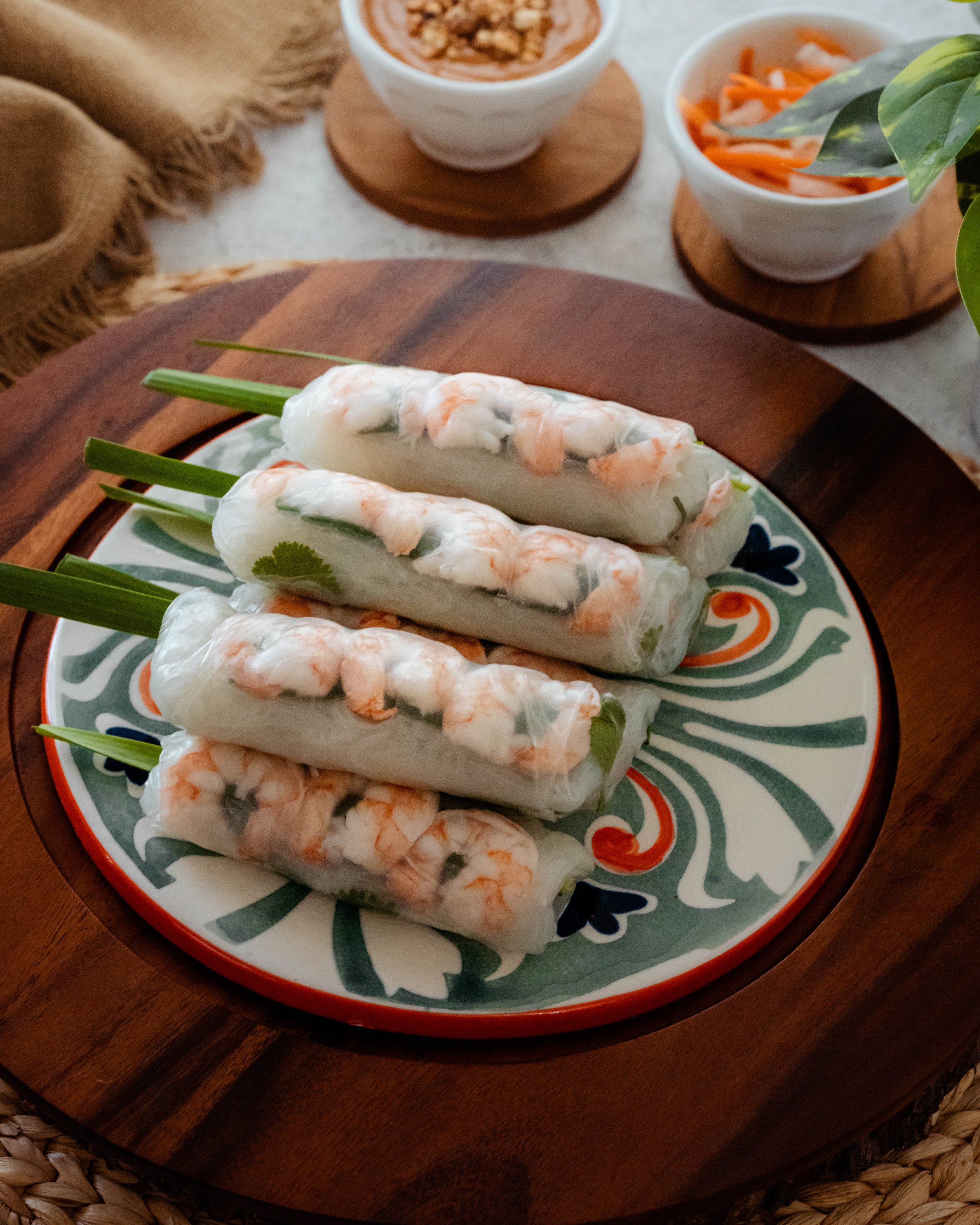
Popular globally, these fresh spring rolls hailing from Vietnam is one of the cuisine’s most iconic dishes, next to Pho and Banh Mi. Known as Gỏi Cuốn, which translates to “Salad Roll”, it is full of fresh vegetables, herbs, proteins and vermicelli noodles, which are all brought together with a super flavorful peanut and hoisin dipping sauce. They may appear simple, but these spring rolls showcase a flawless culinary technique with textures and clean, contrasting flavors, which, when combined, become much more than the sum of their parts.
The Vietnamese fresh spring rolls have many different names. They are known as gỏi cuốn in the south Vietnam, and nem cuốn in north Vietnam. In English, they are referred to as fresh spring rolls, summer rolls, cold rolls and salad rolls, often with the word “Vietnamese” at the beginning.
Origin Story
The spring roll was brought to Vietnam by Chinese immigrants during the first migrations, which took place during the 2nd century. Vietnam is best known for two variations of spring rolls — a fried version called chả giò, which we featured earlier and the fresh salad roll, called gỏi cuốn. Fresher, lighter and undeniably healthier than its deep-fried cousin, it’s a completely different food experience altogether. Like all spring rolls, its origin is most likely Chinese but it was given the name of salad rolls because they are filled with seasonal spring vegetables.
The salad rolls as we know them today believed to have come from Southern Vietnam. Due to the warm climate, locals would find fresh produce to help them stay cool. There is a legend that says the gỏi cuốn was invented during the time of king Nguyễn Huệ Quang Trung during a famous battle where he ordered his men to carry each other on hammocks so that one can rest and sleep while others kept moving. Because they were on the go constantly they needed "mobile" meals. And so the salad roll was invented which could be eaten on the go, cold, and the ingredients were light to carry. It’s clear that Vietnamese people were able to modify the traditional Chinese spring rolls to fit their Vietnamese palate and climate and make something so unique and delicious.
As always, the ingredients can make or break a dish!
Rice Paper
While ingredients can vary, an abundant amount of fresh herbs, a flavorful dipping sauce and good-quality Vietnamese rice paper are key to a good Vietnamese salad roll. The core is the rice paper which varies from region to region due to the type of rice used and the technique for making it, which produces a variety of textures and flavors. For example, the rice paper from Hanoi, northern Vietnam tends to be thinner and more delicate, whereas in Saigon, south Vietnam it is thicker with a chewier texture because of the addition of tapioca starch. I personally recommend rice paper with tapioca for this recipe so it doesn’t tear as easily when making the roll.
Dipping Sauce
Completing the dish is the dipping sauce, and each region has its own preferred options as well. For example in the north, it is nước mắm pha — a combination of fish sauce, lime juice, garlic, chilli, water and sugar, while in central Vietnam nước lèo — a type of peanut sauce is served. In the south, a variety of sauces can be served. This includes tương xào — Vietnamese fermented bean paste and soy sauce, similar to hoisin, mắm nêm — a pungent sauce made with fermented anchovy, crushed pineapple, sugar, lemon juice, bird’s eye chilli, lemongrass and garlic, and of course the most iconic Vietnamese dipping sauce nước chắm — made of fish sauce, lime, sugar, garlic and chilli. In general, sauces in the north are much lighter with less fish sauce, and the addition of vinegar and little or no chilli, whereas in the south it’s bolder and stronger.
Peanut Sauce
Peanut sauce is very popular in central and south Vietnam. The sauce we are sharing today is tương chấm, a spicy peanut sauce which takes after the southern favorite tương xào, a combination of fermented bean paste and soy sauce, similar to hoisin. The traditional recipe is made with a Vietnamese soy sauce with fermented beans, and sweet rice porridge which thickens it and adds a nice rice fragrance. Then minced pork or pork liver is added to create a fatty and creamy texture. However, these ingredients are still hard to come by outside of Vietnam. Likewise when many Vietnamese people from the South migrated out of the country, they made the best possible substitution with peanut butter which adds the nutty taste similar the fermented beans and the creamy texture similar to the fatty pork. This peanut dipping sauce is a modern, simplified version that still aims to retain the traditional and authentic flavors and textures.
Recipe — Gỏi Cuốn
Salad Rolls
Makes: 10 Rolls
Making the Peanut Hoisin Dip | Tương Chấm
Peanut Butter — 1/2 cup
Hoisin Sauce — 1/4 cup
Sambal Chili Paste — 1/4 cup
Rice Vinegar — 1 tbsp
Water — 1/2 cup
Neutral Oil (Peanut/Vegetable/Canola) — 1 tbsp
Garlic — 2 cloves, minced
Unsalted Roasted Peanuts — 1/4 cup, coarsely chopped
In a small bowl, whisk the peanut butter, hoisin sauce, sambal chili paste, rice vinegar and water until the sauce is homogenous in texture
Heat the oil in a small saucepan over medium-high heat, add the garlic and stir-fry for 1 minute, until slightly golden and fragrant. Reduce the heat to low.
Add the peanut sauce mixture to the saucepan and stir well until the sauce is smooth.
Simmer on low for 1-2 minutes then remove from the heat. The sauce will thicken as it cools.
Transfer the dip to a small bowl. Sprinkle with the roasted peanuts before serving.
Helpful Notes:
You can substitute Sambal with Sriracha — although it is not the traditional way, both Sambal and Sriracha share similar ingredients so it works.
You can substitute Rice Vinegar with Sugar or Honey — I personally prefer the taste of Rice vinegar because it has a subtle sweetness and adds acid to the sauce as well.
If you prefer the sauce to have a spicy kick — add minced hot red chilies or crushed red chilies when toasting the garlic in the oil.
You can tweak the measurements for the Hoisin and Sambal according to your preference — if you prefer the sauce to be darker and salty, add more Hoisin and if you prefer the sauce to have a spicier kick, add more Sambal and/or Sriracha.
Preparing the Noodles
Rice Vermicelli — 4 oz
Bring a saucepan filled with water to boil over high heat. Add the rice vermicelli and cook until they are tender but still have some bite, according to package directions. For me it is usually 3 to 5 minutes.
Drain the noodles, rinse them under cold running water until cooled. Drain them for 10 to 15 minutes so they can dry out a bit before assembling the spring rolls.
Preparing the Shrimp
Jumbo Shrimp — 15, peeled and deveined
Ginger — 1 piece, 2 inch knob, lightly smashed
Salt — 1/2 tsp
Water — 1 cup
Fill a small saucepan half full with water, add the salt and ginger. Bring it to a rolling boil over high heat.
Add the shrimp, cover the lid and remove the pot from the heat. Let it stand for 3 to 5 minutes until the shrimps have curled nicely and are pinkish orange.
Transfer the shrimp to a bowl of ice water until cool. Drain well and halve the shrimp lengthwise.
Helpful Notes
It’s best to halve the shrimps because thick shrimps can break the rice paper when rolling. It can also makes the roll look really bulky so it’s harder to form the cylindrical shape.
Aside from shrimp, you may add other proteins. Traditionally the salad roll is made with poached shrimp and pork, but I decided to leave out the pork. Other protein options include — grilled meat slices, grilled/baked sausage (lap cheong), omelet strips, and seared tofu strips.
Assembling the Salad Rolls
Rice Paper Sheets — 10
Butter Lettuce — 1 head, preferably ones with small leaves
Cooked Rice Vermicelli
Poached Shrimp
Jalapenos — 2 small, deseeded and julienned
English Cucumber — 1, cut same size as jalapenos and julienned
Cilantro Leaves — 1/2 cup
Mint Leaves — 1/2 cup
Garlic Chives — 10, cut into 4 inch strips (optional)
Place the filling ingredients in a large platter in this order — lettuce, vermicelli, cucumber, jalapeno, cilantro leaves, shrimp, mint leaves, and garlic chives.
Fill a large bowl with warm water and prepare a flat, dry surface — like a large dinner plate or a cutting board larger than the rice papers.
Working with 1 rice paper at a time, dip it into the warm water until pliable — just soft but not limp. This will only take about 5 seconds.
Remove the paper and gently shake off the excess water. Lay out the wet rice paper on the flat surface of the cutting board or dinner plate.
Lay 1 lettuce leaf over the bottom one-third of the rice paper round. Add a small scoop of vermicelli on top of the lettuce and shaping them in a rectangle. Lay a strip of cucumber and jalapeno in front of the noodles, slightly overlapping. Top with cilantro and mint leaves.
Lift the bottom edge of the rice paper over the filling. Then fold in the right and left side of the paper, enclosing the filling completely.
Arrange 3 pieces of shrimp in a row, cut side up and end to end, then roll another turn to enclose the shrimp.
Add couple garlic chives (if using), leaving 1 inch of the stems showing outside the roll for presentation.
Continue rolling it as tightly as possible, tucking in the sides, until you have formed a compact cylinder.
Place the rolls on a platter or baking sheet and keep them covered with a damp kitchen towel to keep moist. Repeat with the remaining rice paper and filling ingredients.
Serve the rolls with the peanut dipping sauce. You can either dip the rolls into the sauce or spoon some sauce onto the rolls — no double dipping this way, COVID still exists folks!
Helpful Notes
You are not limited to the filling ingredients listed above. You may omit the vegetables, herbs and protein however you like. Traditionally this roll is made with both poached shrimp and pork, but I decided to leave out the pork. I also didn’t have lettuce at home and I didn’t feel like adding them. Other popular ingredients are julienned carrots, green mango strips, avocado slices, grilled meat slices, grilled/baked sausage (lap cheong), omelet strips, and seared tofu strips. Other herbs like Thai basil or Vietnamese coriander can be added to introduce different herbaceous flavors as well.
The garlic chives, also known as “Nira Leaf” really add an extra layer of flavor to the spring rolls. I’ve had it both with and without it and it does make a difference! That being said, if you don’t live near an Asian or multicultural grocery, it may be difficult to find garlic chives. In that situation, you may substitute for regular chives or thin slices of scallion.
Keep in mind, chives and scallions can be a bit more pungent. You can tone down this flavor by soaking them in water and baking soda solution for 15 minutes, which will then neutralize the pungency and enhance the sweetness. Make sure to rinse off the baking soda solution and pat dry the chives or scallions before adding to the spring rolls.
If you are making the salad rolls for a large crowd, they can be made up to 2 hours in advance. Keep them refrigerated, covered with damp towel, until serving. Prepared ahead, any more than 2 hours will dry out the rice paper making them hard and leatherlike while the fresh filling can become soggy and limp.
If the rolls seem too long to manage and eat, cut them in half on the diagonal, right before serving, this way they retain their cylinder shape. Serve them facing up.
If there is leftover spring rolls, you can refrigerate them up to 2 days. It will however harden in the cold. To soften them in order to eat, I reheat them wrapped in wet paper towel, 2 rolls at a time, for 30-45 seconds in the microwave.
SHOP THIS POST
If you recreate our recipe
TAG & FOLLOW @TheSpiceOdyssey
Stay up to date with us on on Instagram, Pinterest, Youtube and Facebook.

